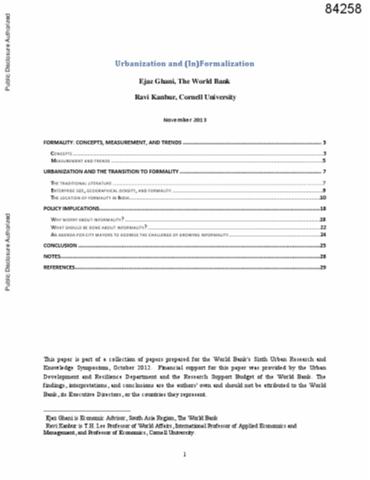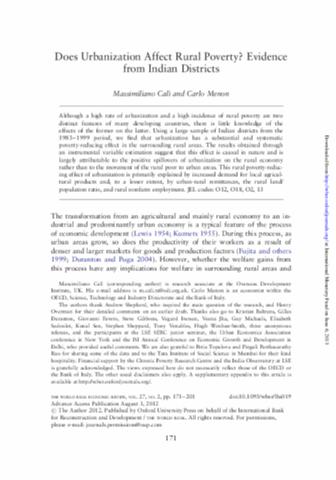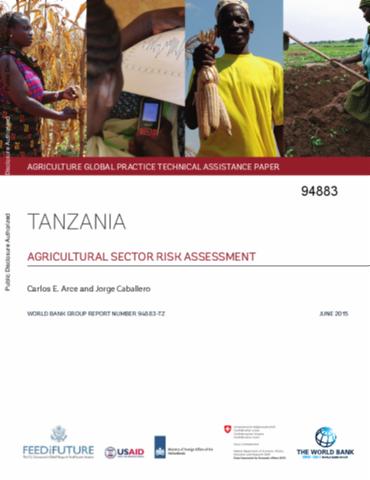Transatlantic Similarities and Contrasts in Rural Development Policies
The United States (US) and European Union (EU) share many general policy aims for rural areas, but they differ in the ways in which they try to achieve these aims. The principal difference lies in the role envisioned by agriculture in overall rural development. EU policies treat agriculture as a provider of public goods, and many of its 'rural' programmes target agriculture. In the US, very few Federal rural development programs are focused solely on agriculture.





